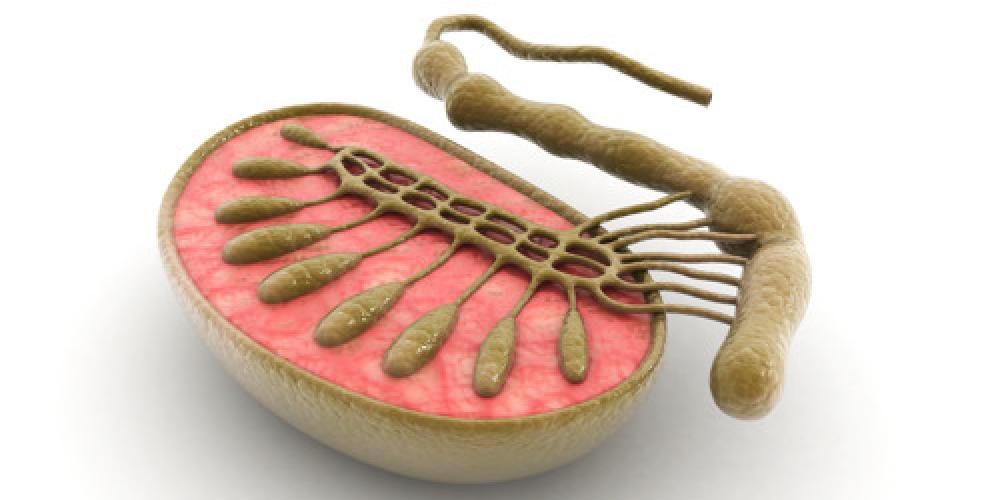
Male infertility and reduced sperm quality play a role in half of cases of couples who are unable to conceive. However, research into the causes of reduced sperm quality is hindered by incomplete knowledge of male reproductive biology. To address this, Guillaume Richer of the Biology of the Testis research group at the Vrije Universiteit Brussel has developed a 3D model of the testis.
He made moulds from the polymers alginate or agarose, in which primary testicular cells from mice were introduced. At a specific density and under the influence of certain growth factors, the cells were observed to organise themselves into tube-like structures similar to those in a working testicle. These tube-like structures are also the functional anatomical unit where sperm are produced. Thus, in the model, cells are able to restore the architecture of the testis themselves. “However, during an initial series of experiments, sperm cell production decreased noticeably,” says Richer.
“In the second set of experiments, we managed to get the cells to survive long-term and eventually produce spermatids in most cases. These are very important results, as the model can be used for other applications in the future.”
Richer’s research fits into the group’s broader aim to better understand the architecture and physiology of the testis. Using his model, the effects of endocrine disruptors such as PFAS on testis development and sperm production, for example, can be better investigated.
Reference:
Richer G., Hobbs R., Loveland K., Goossens E., Baert Y. (2021). Frontiers in physiology.
8(4):879-891.